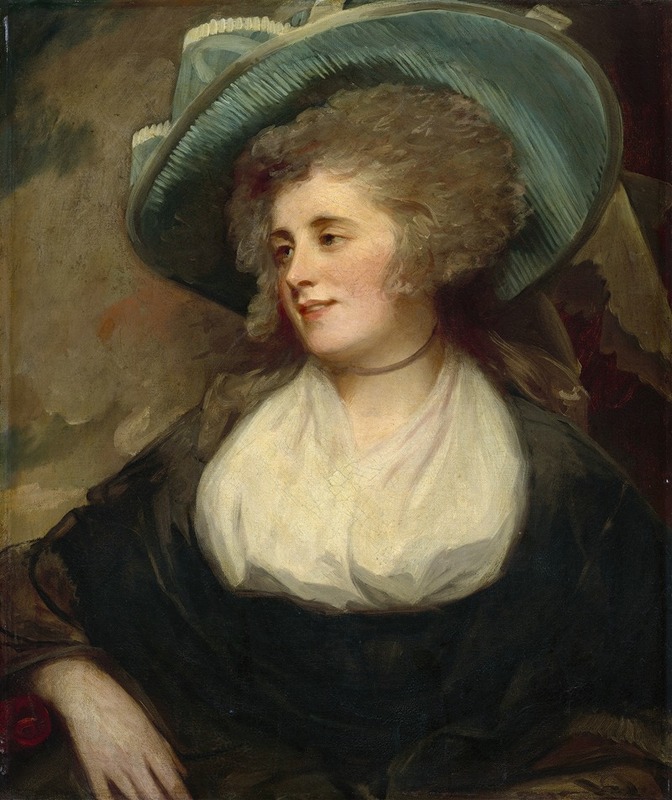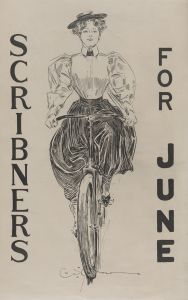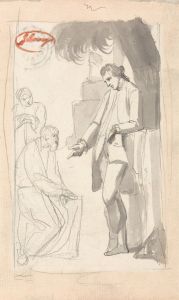
Lady Arabella Ward
A hand-painted replica of George Romney’s masterpiece Lady Arabella Ward, meticulously crafted by professional artists to capture the true essence of the original. Each piece is created with museum-quality canvas and rare mineral pigments, carefully painted by experienced artists with delicate brushstrokes and rich, layered colors to perfectly recreate the texture of the original artwork. Unlike machine-printed reproductions, this hand-painted version brings the painting to life, infused with the artist’s emotions and skill in every stroke. Whether for personal collection or home decoration, it instantly elevates the artistic atmosphere of any space.
George Romney was an eminent English portrait painter in the late 18th century, known for his fashionable and flattering portraits of the British elite. One of his works, "Lady Arabella Ward," exemplifies his skill in capturing the grace and elegance of his subjects.
George Romney was born in 1734 in Dalton-in-Furness, Lancashire, and he became one of the leading portraitists of his time, alongside contemporaries such as Sir Joshua Reynolds and Thomas Gainsborough. Romney's portraits were highly sought after by the aristocracy and the rising middle class, who were eager to have their likenesses captured by one of the most fashionable artists of the day.
The subject of the painting, Lady Arabella Ward, was a member of the British aristocracy. However, detailed historical records about her life and status are limited. It is known that she was part of the social circles that frequently commissioned portraits from artists like Romney, who were adept at portraying the wealth and status of their sitters through their art.
Romney's style is characterized by its elegance and simplicity, often focusing on the sitter's face and expression while using soft, flowing lines to depict clothing and background elements. This approach can be seen in "Lady Arabella Ward," where the emphasis is on the sitter's poise and demeanor. Romney often used a light color palette and soft brushwork to create a sense of intimacy and immediacy in his portraits, drawing the viewer's attention to the subject's features and expression.
The painting of Lady Arabella Ward would have been created during a period when portraiture was a significant means of documenting and displaying one's social status and personal achievements. Portraits were often displayed in the homes of the wealthy, serving both as a personal memento and a public statement of the family's prominence and connections.
Romney's work, including "Lady Arabella Ward," is noted for its lack of overt symbolism or allegory, focusing instead on the direct representation of the sitter. This approach was part of a broader trend in 18th-century British portraiture, which moved away from the more elaborate and allegorical styles of earlier periods.
While specific details about the painting "Lady Arabella Ward" are scarce, it remains an example of George Romney's ability to capture the essence of his subjects with grace and subtlety. His portraits continue to be celebrated for their artistic merit and their insight into the social dynamics of 18th-century Britain.
Today, George Romney's works, including "Lady Arabella Ward," are held in various public and private collections, where they continue to be appreciated for their historical significance and artistic quality. Romney's legacy as a portraitist endures, with his paintings offering a window into the lives and personalities of the British elite during a transformative period in history.


















